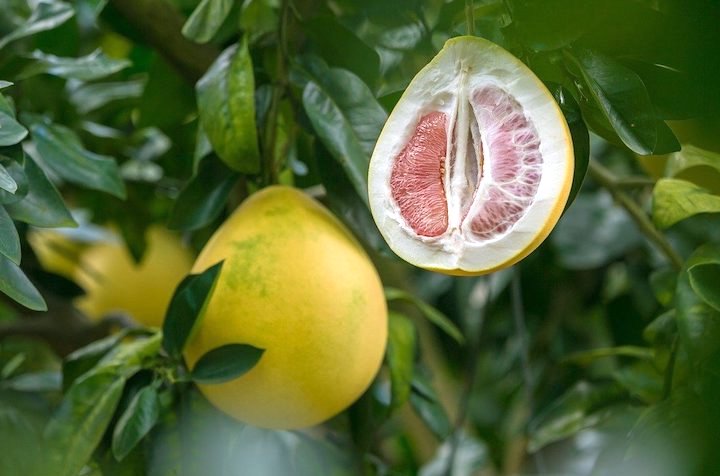Food is seen as a form of medicine in Traditional Chinese Medicine (TCM). What we eat serves to harmonize our bodies, minds, and spirits. Ancient Chinese medical practitioners discovered that our dietary requirements change with the seasons, as our bodies’ needs differ depending on the weather and climate.
In fall, the cool and dry weather affects our lungs the most, as it is the uppermost organ and especially vulnerable to the wind and cold. If you’ve been coughing, wheezing, or experiencing a sore throat more often than usual during fall, it may be due to weakening lungs. To make sure your lungs and body are at their healthiest despite the autumn weather, check out our list of 10 foods to eat in fall.
1. Snake soup
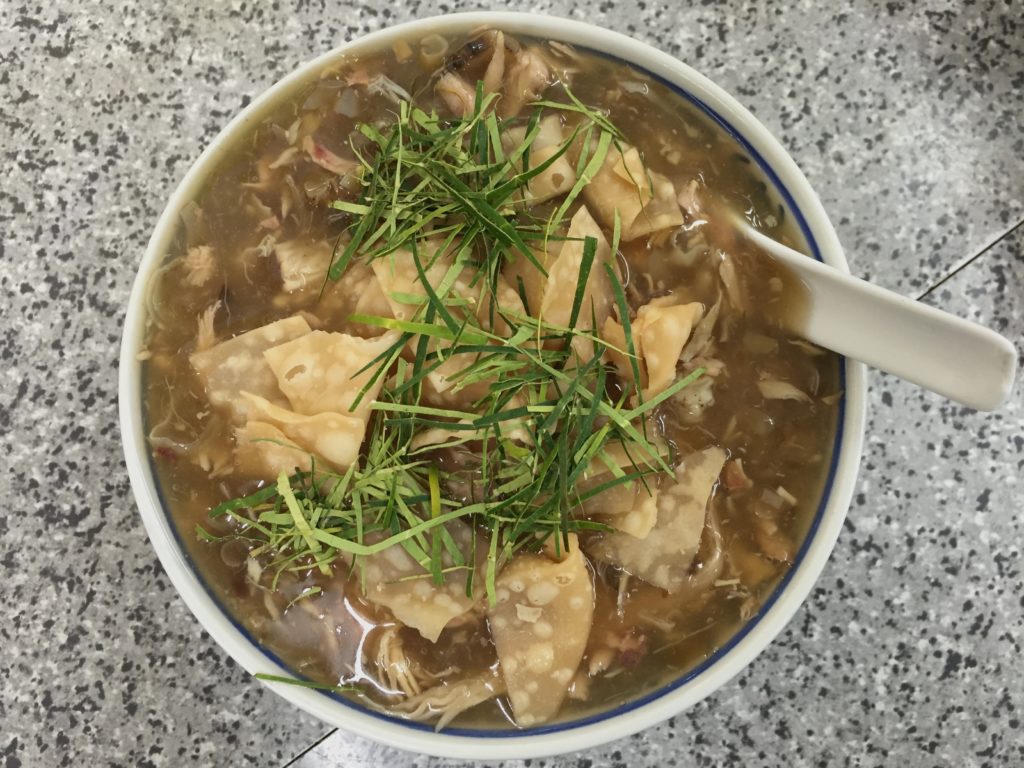
As a Cantonese saying goes, “When the autumn wind rises, three snakes fatten up.” (秋風起,三蛇肥。) People in Southeast China, in which Hong Kong is located, love having snake soup in fall. One of the reasons is that this thousand-year-old Chinese delicacy is considered a remedy for migraines and arthritis caused by the damp wind from the southern Chinese coast. Another reason is that snakes tend to before hibernation, so they’re at their most nutritious during fall and winter.
If you find your hands and feet getting cold often during the cooler months, snake soup might be just what you need. According to traditional Chinese medicine, snake soup is a “hot” food. “Hot” foods warm the body, helping you fight the winter chills. Chinese medical practitioners also recommend snake soup for the weak and anemic as it boosts energy and improves blood circulation. This is why snake soup isn’t eaten during spring or summer– it is too warm and intense for the body during those warmer months.
Most people say snake meat tastes like chicken, but that’s up to you to decide! Want to judge for yourself? You can try snake soup at a classic snake shop on our Tai Po Market Foodie Tour, now available for private booking upon request! For more details, simply send us an email at tickets@hongkongfoodietours.com or call us at +852 2850 5006.
2. Snow fungus
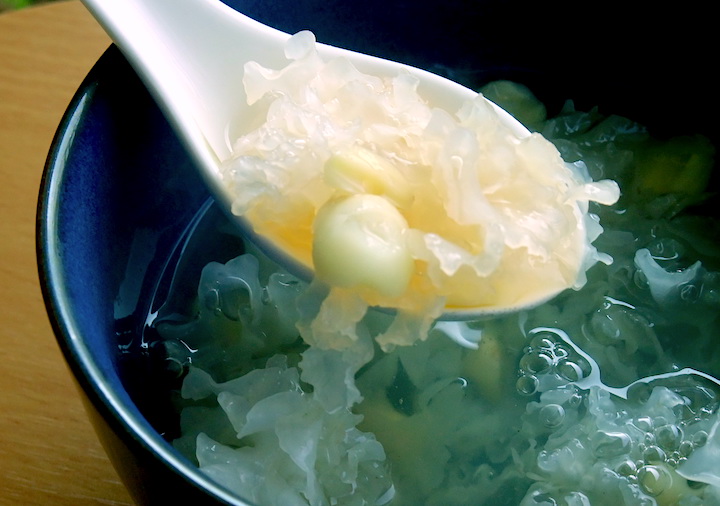
Also known as snow ear or white fungus, the snow fungus is virtually tasteless. It is often used in soups for its many health benefits and silky, crunchy texture. This delicate fungus is a fantastic food to eat in fall because it nourishes and hydrates the body – the skin especially.
East Asian women have long consumed snow fungus for the wonders it does for the skin. As far back as the Tang dynasty, concubine Yang Guifei (713 – 756 CE) – one of China’s famed four great beauties — is said to have credited this miracle mushroom with maintaining her youthful looks. Hate how the dry autumn breeze dehydrates your skin? Snow fungus helps to boost skin hydration when eaten or applied topically, keeping wrinkles at bay. It has even acquired quite the buzz in the Western world these days, popping up as an active ingredient in new skincare products such as Moon Juice’s Beauty Shroom Plumping Jelly Serum.
3. Persimmon
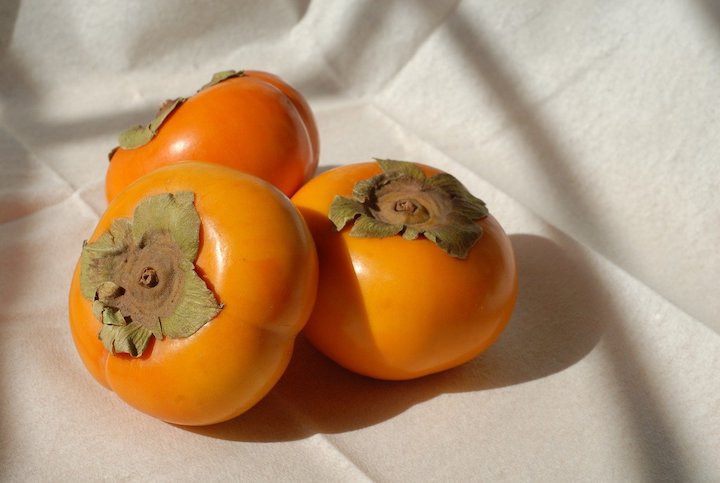
Persimmons are incredibly popular among east Asian communities in fall. You will see them at every Chinese family’s dining table when the Mid Autumn Festival comes around, as the fruit is in season and symbolizes good fortune and prosperity. Persimmons are also popular around fall because they offer benefits much needed to combat the cool and dry weather. These shiny orange globes of sweetness moisturize the lungs, relieve coughs, and promote the production of body fluids, helping to keep our bodies hydrated despite the weather.
But what is the Mid Autumn Festival? Find out more about this ancient Chinese harvest festival here!
4. Pomelo
Pomelos are another fruit often eaten during the Mid Autumn Festival. Chinese families love carving open a plump pomelo after the Mid Autumn Festival dinner and sharing the lustrous segments with everyone in the family. Coincidentally, fall is peak pomelo season, meaning that pomelos are at their sweetest and juiciest at this time of the year. Pomelos are also a great fruit to eat in fall because they help to nourish the lungs, relieve coughs, and hydrate our bodies during the drier months.
5. Apple
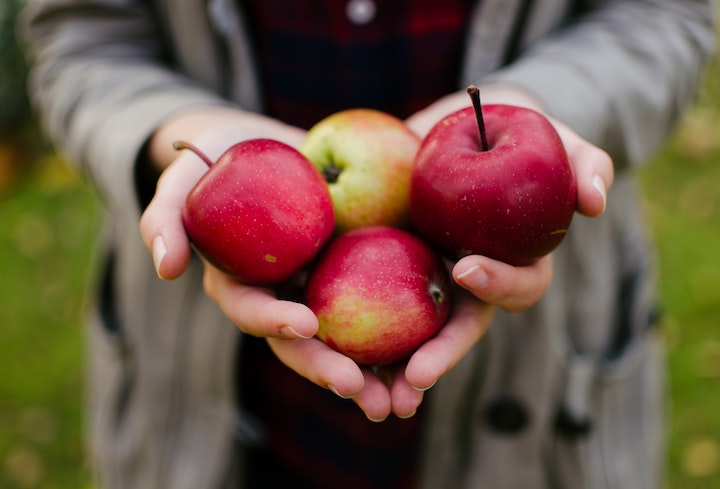
Traditional Chinese Medicine stands by the practice of eating with the seasons. With fall being peak apple season, apples are at their best during these few months.
Fall is also the season when the humidity begins to drop. To help fight the effects of dryness on our bodies, our diets need to assist the production of body fluids and their lubrication effects for our bodies. The tartness of apples stimulate the production of fluids, helping to moisten and nourish the lungs.
A popular Chinese remedy for the autumn dryness is a soup made with apples, pears, pork, and snow fungus. We ourselves also love this soup for its fruity and comforting sweetness.
6. Pear
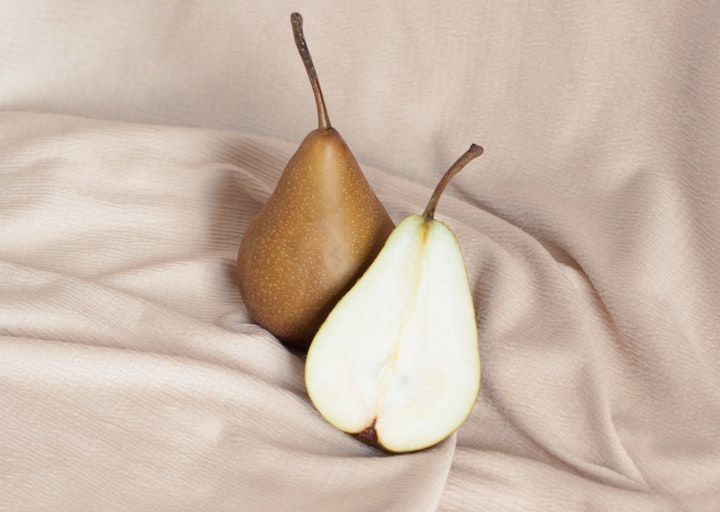
Besides apples, pears are also a popular choice in TCM to lubricate the lungs in fall. Pears are considered a cooling food, helping to dissolve phlegm and relieve coughs. A popular Chinese remedy for coughs is braised pears with rock sugar, which is said to nourish the lungs and the respiratory system. However, as pears are cool in nature, Chinese medical practitioners believe that the elderly should refrain from eating too much of them.
7. Eggplant
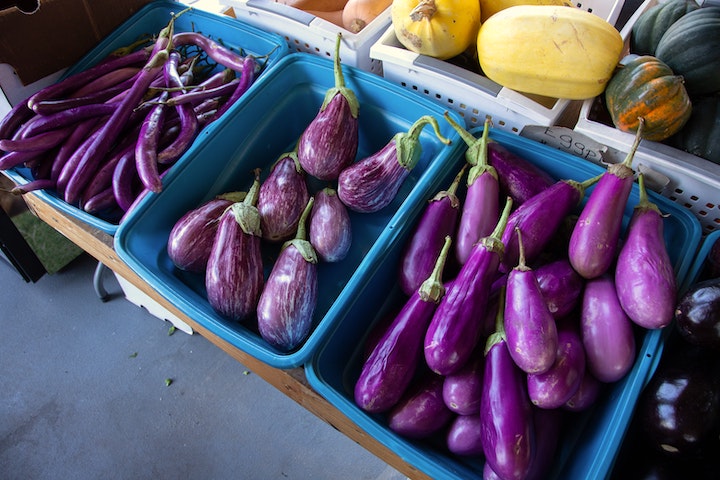
An ancient Chinese proverb says, “Sow eggplants at the start of summer, and eat them at the start of fall.” (立夏栽茄子,立秋吃茄子。) As the beginning of fall tends to be hot and dry, eggplants are a perfect remedy as its cooling properties help our bodies fight the dry heat. What’s more– eggplants harvested in fall are also said to be sweeter and more tender!
8. Lily bulb
You might plant lily bulbs for their stunning flowers, but did you know that you could eat them too? Lily bulbs offer tremendous health benefits when used in soups and stir fries. Highly regarded in TCM, this ingredient retains hydration in the body, calms the nerves, nourishes the lungs and relieves coughs. Try some this fall to soothe the effects of the dry autumn weather!
9. Lotus root
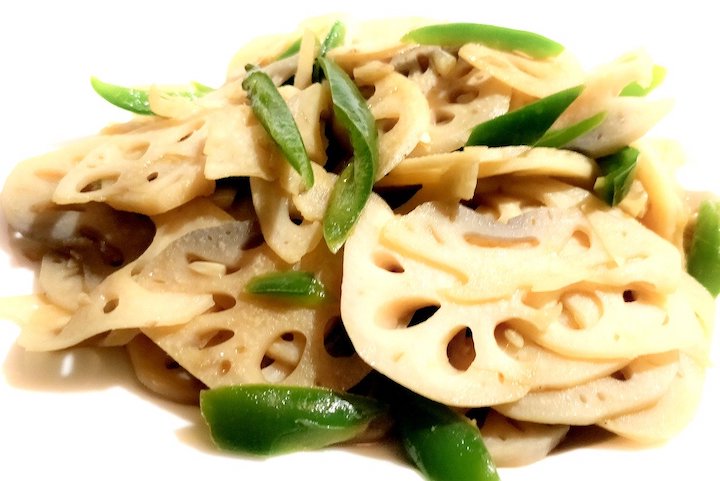
According to TCM, lotus root helps to hydrate the body, improve digestion, and nourish the lungs. Despite being available all year round, the lotus root season is actually in fall, so seize your chance to grab some while they’re still at their peak!
10. Honey
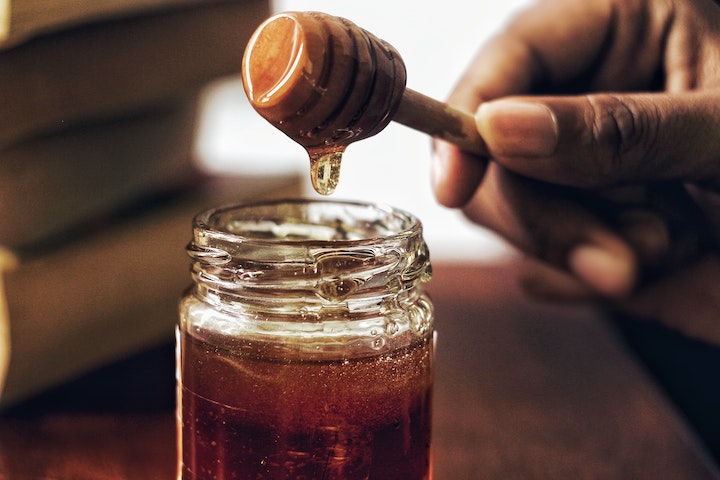
There is no question about the wonders of honey. Humans have been using this anti-inflammatory, antioxidant miracle cure for its many benefits since ancient times. Traditional Chinese medicine also touts the advantages of honey, especially to combat the autumn dryness. This liquid gold aids digestion, nourishes the lungs, relieves coughs and much more, making it one of the best foods to eat in fall.
Now that you’re an expert on what to eat in fall, check out our blog post on what to eat in summer according to traditional Chinese medicine!



